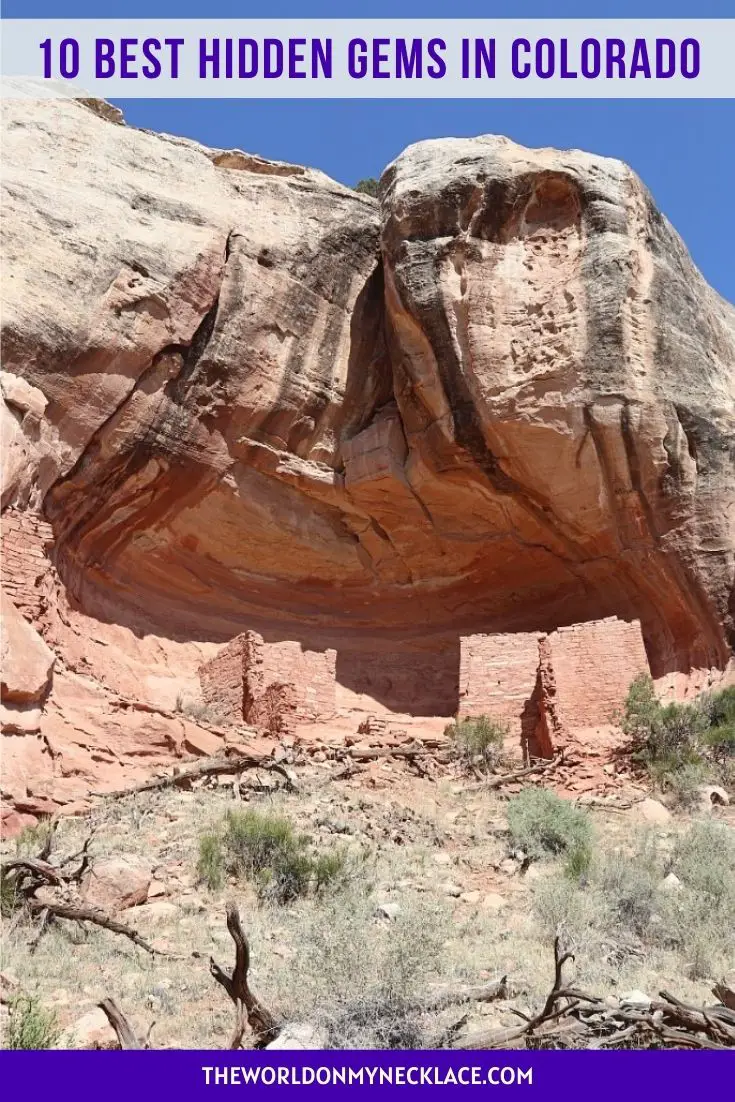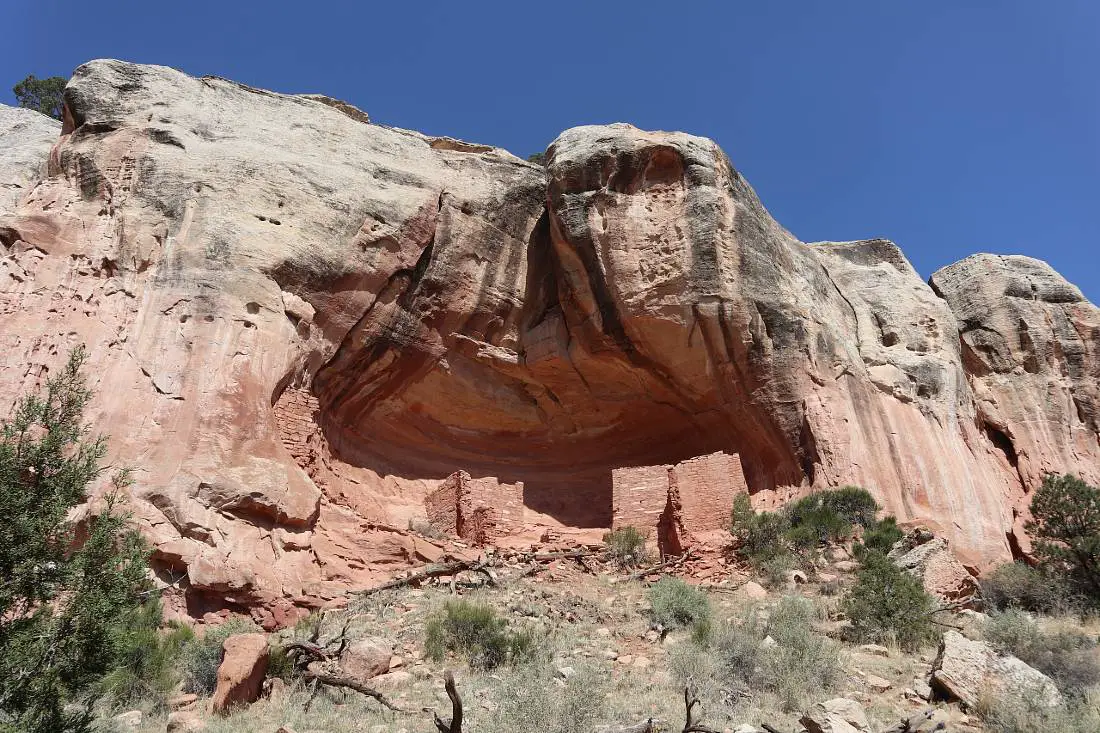Crandall: A Colorado Gem Hiding in Plain Sight
Crandall: A Colorado Gem Hiding in Plain Sight

You’ve heard of the majestic Rocky Mountains, the bustling city of Denver, and the vibrant culture of Colorado. But have you ever heard of Crandall? Nestled in the heart of the state, this little-known Indian reservation boasts a rich history, stunning scenery, and a vibrant community that deserves a closer look.
A History Steeped in Tradition
Related Articles: Crandall: A Colorado Gem Hiding in Plain Sight
- Unveiling the Enigmatic Tribes of Northern New York: Discoveries and Insights
- Unveiling the Native Tapestry of Texas: Discover the Thriving Indian Tribes
- Unveiling the Tribal Tapestry: Discover the Heart of South Dakota's Indian Reservations
- Unveiling the Enchanting Crow Indian Reservation: A Journey of Discovery and Insight
- San Diego’s Hidden History: How Many Reservations Call This County Home?
Crandall, officially the Crandall Indian Reservation, is a small reservation situated in the southeastern part of Colorado. Home to the Southern Ute Tribe, Crandall is a testament to their resilience and enduring spirit. The Southern Ute people have inhabited this land for centuries, their history intertwined with the very fabric of Colorado.
The reservation’s name, Crandall, is a tribute to Charles Crandall, a prominent figure in the early days of Colorado. He served as the United States Indian Agent for the Southern Ute Tribe in the late 1800s. Crandall, known for his fairness and respect for the Southern Ute people, played a significant role in establishing the reservation and fostering a peaceful relationship between the tribe and the surrounding communities.
A Land of Beauty and Bounty
Crandall, though small, is a land of breathtaking beauty. The reservation is situated in the San Juan Mountains, a range known for its towering peaks, lush forests, and crystal-clear rivers. From the rugged peaks of Mount Sneffels to the tranquil waters of Lake Fork, the natural landscape is a source of inspiration and a testament to the enduring power of nature.
The reservation’s landscape isn’t just visually stunning; it’s also teeming with life. The San Juan National Forest, which borders the reservation, is home to a diverse array of wildlife, including elk, deer, bear, and mountain lion. The rivers and streams are teeming with fish, making the area a popular spot for anglers.
A Vibrant Community with Deep Roots
The heart of Crandall lies in its people. The Southern Ute Tribe, known for their strong cultural identity and traditions, have built a vibrant community within the reservation. Their rich heritage is reflected in their language, art, music, and dance, all of which are celebrated and passed down through generations.
The Southern Ute Cultural Center and Museum in Ignacio, Colorado, just a short drive from Crandall, serves as a repository of the tribe’s history and culture. Visitors can learn about their ancestors, their unique way of life, and their resilience in the face of adversity. The museum also showcases traditional crafts and artwork, offering a glimpse into the artistic talent and creativity of the Southern Ute people.

Beyond the Reservation: Connecting with the Community
While Crandall is a self-contained community, the Southern Ute Tribe is deeply involved in the broader Colorado community. They actively participate in local events, collaborate with neighboring communities on economic development projects, and advocate for issues that affect indigenous communities across the state.
The tribe’s commitment to education is evident in the Southern Ute Indian Montessori Academy, a school that provides quality education to children from the reservation and surrounding areas. The school fosters a strong sense of cultural identity while preparing students for success in the modern world.
A Glimpse into the Future
Crandall’s future is bright. The Southern Ute Tribe is actively pursuing economic development opportunities within the reservation, working to create jobs and improve the quality of life for their people. They are also committed to protecting their ancestral lands and preserving their cultural heritage for generations to come.
The tribe’s commitment to sustainability is evident in their efforts to promote renewable energy sources and responsible land management practices. They are also working to revitalize their traditional language and cultural practices, ensuring that their rich heritage is passed down to future generations.
Crandall: A Hidden Gem Worth Discovering
Crandall, though small, is a testament to the enduring spirit of the Southern Ute Tribe. It’s a place where history, culture, and nature converge, creating a unique and vibrant community. If you’re looking for an off-the-beaten-path adventure, a place to connect with nature and learn about the rich history of Colorado, then Crandall is the perfect destination.
So, why not plan a visit to Crandall? You’ll be surprised at what you discover.
FAQ about Crandall Indian Reservation, Colorado

Q: Where is the Crandall Indian Reservation located?
A: The Crandall Indian Reservation is located in the southeastern part of Colorado, nestled in the San Juan Mountains.
Q: Who lives on the Crandall Indian Reservation?
A: The Crandall Indian Reservation is home to the Southern Ute Tribe, a Native American tribe with a rich history and culture.
Q: What are some of the notable features of the Crandall Indian Reservation?
A: Crandall boasts stunning natural beauty, including the San Juan Mountains, Mount Sneffels, and Lake Fork. It also has a vibrant community, a rich cultural heritage, and a commitment to preserving its traditions and land.
Q: Is the Crandall Indian Reservation open to visitors?
A: While the Crandall Indian Reservation is a private community, it welcomes visitors who respect its traditions and culture. Visitors can learn more about the Southern Ute Tribe at the Southern Ute Cultural Center and Museum in Ignacio, Colorado.
Q: What are some of the economic activities on the Crandall Indian Reservation?
A: The Southern Ute Tribe is actively pursuing economic development opportunities within the reservation, including tourism, gaming, and natural resource management.
Q: How can I learn more about the Southern Ute Tribe?
A: You can visit the Southern Ute Cultural Center and Museum in Ignacio, Colorado, or explore their website for more information.
Q: How can I support the Southern Ute Tribe?
A: You can support the Southern Ute Tribe by visiting the reservation, learning about their culture, and supporting their economic development efforts. You can also donate to organizations that support Native American communities.

Closure
Thus, we hope this article has provided valuable insights into Crandall: A Colorado Gem Hiding in Plain Sight. We thank you for taking the time to read this article. See you in our next article!
